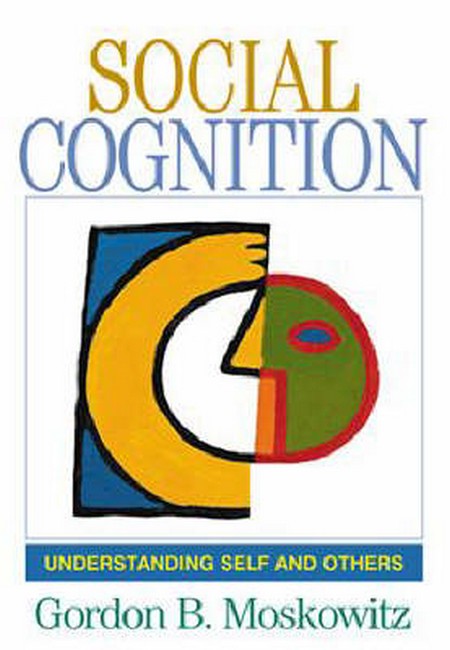Introduction: What Does It Mean to ""Know"" Something? 1. Naive Realism: The Construction of Reality in the Pursuit of Social Knowledge 2. Automaticity and Control 3. Categories and Category Structure: Person Memory Informs Impression Formation Processes 4. On Schemas and Cognitive Misers: Mental Representation as the Building Blocks of Impressions 5. Dual-Process Models 6. Attribution 7. Correspondence Bias and Spontaneous Trait Inference 8. Shortcoming and Biases in Person Perception 9. On Perceptual Readiness: Chronic Sources of Judgmental Influence 10. Temporary Accessibility/Priming Effects: Assimilation and Contrast in Impression Formation 11. Stereotypes and Expectancies 12. Control of Stereotypes and Expectancies 13. From the Intra- to the Interpersonal: Bridging the Gap from Cognition to Behavior

